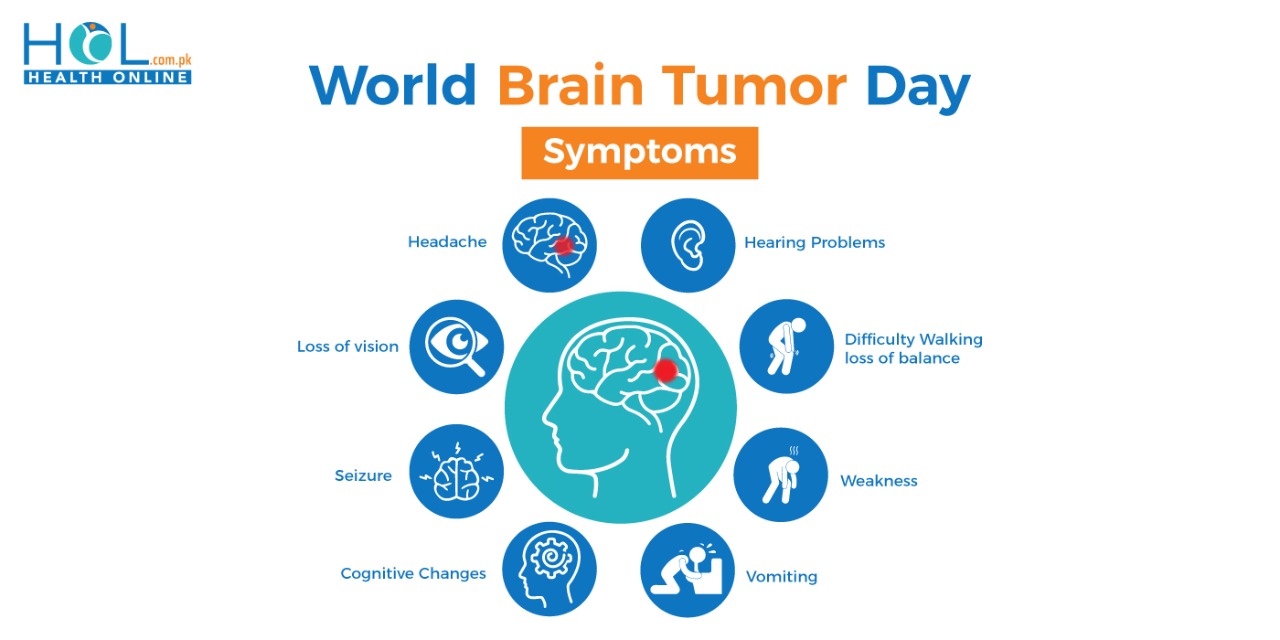A brain tumor is an abnormal growth of cells in your brain, which disrupt proper brain function. Brain and spinal cord tumors are different for every patient. These abnormal cells form in different areas, develop from different cell types.
Many different types of brain tumor exist. Some brain tumors are non cancerous and some are cancerous, that are called benign and malignant respectively. Brain tumor can begin in your brain or tumor can begin in other parts of your body and ultimately spread to your brain.
Classification of Brain Tumor:
- Benign: The least aggressive type of brain tumor is often called a benign brain tumor. They originate from cells within or surrounding the brain, do not contain cancer cells, grow slowly, and typically have clear borders that do not spread into other tissue.
- Malignant: Malignant brain tumors contain cancer cells and often do not have clear borders. They are considered to be life-threatening because they grow rapidly and invade surrounding brain tissue.
- Primary: Tumors that start in cells of the brain are called primary brain tumors. Primary brain tumors may spread to other parts of the brain or the spine, but rarely to other organs.
- Metastatic: Metastatic or secondary brain tumors begin in another part of the body and then spread to the brain. These tumors are more common than primary brain tumors and are named by the location in which they begin.
Brain Tumor Grading System:
- Grade I
- Grade II
- Grade III
- Grade IV
Grade I
Grade I is benign, non cancerous. It is slow growing and usually associated with long term survival.
Grade II
Grade II is relatively slow growing. This cell looks slightly abnormal under microscope.
Grade III
This tumor is malignant. This tumor spreads into normal parts of the brain. This cell looks abnormal under microscope. This tumor tends to come back, often as a higher grade tumor.
Grade IV
This tumor is most malignant. This tumor grows fast and actively reproduces abnormal cells.
Symptoms:
Symptoms of brain tumor depend upon the location, size and rate of growth. Some of these symptoms include:
- Extreme headaches that appears more frequent.
- Nausea or vomiting.
- Gradual loss of sensation or movement in an arm or a leg.
- Difficulty with balance.
- Vision problems, such as blurred vision double vision or loss of vision.
- Speech difficulties.
- Seizures, with no previous history of seizures.
Risk Factors:
Although there are no known causes why Brain tumors occur certain factors highly increase a person’s risk of getting brain tumors. Here are the common risk factors:
- Family history: Only about 5 to 10 percent of all cancers are genetically inherited, or hereditary. It’s rare for a brain tumor to be genetically inherited.
- Age: The risk for most types of brain tumors increases with age.
- Chemical exposure: Being exposed to hazardous chemicals at work or elsewhere can increase your risk of brain tumor.
- Exposure to radiation: People who have been exposed to ionizing radiation have an increased risk of brain tumors. This can happen during high-radiation cancer therapies.
Treatment:
Treatment options for Brain tumors depend on several factors:
- The size, type, and grade of the tumor.
- Whether the tumor is putting pressure on vital parts of the brain.
- If the tumor has spread to other parts of the body.
- Possible side effects.
- The patient’s overall health.
In most cases, a brain tumor diagnosis requires immediate surgery or alternative treatment. Experts work together and create a comprehensive treatment plan for the patient. A multi-disciplinary team that includes neurosurgeons, neurologists, medical and pediatric oncologists, radiation oncologists, pathologists and other medical professionals may be part of the treatment team.


